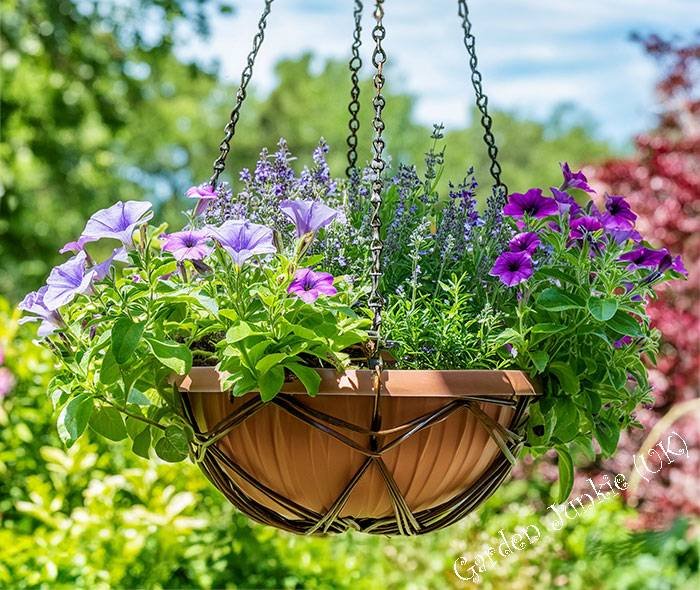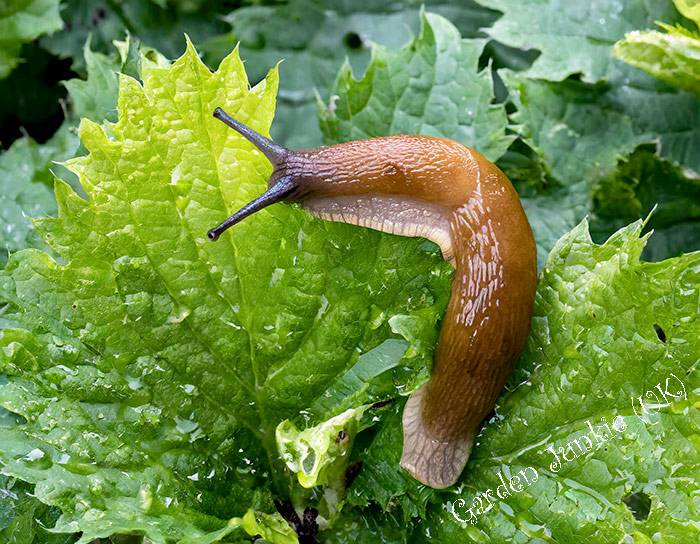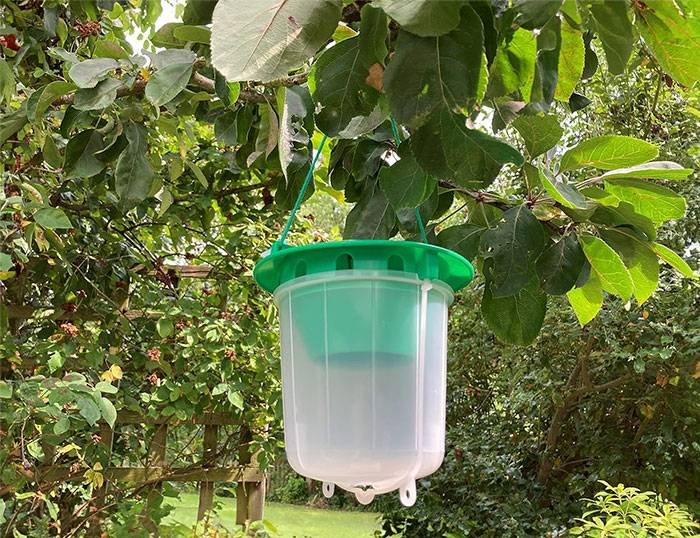Beautiful Plants For Your Interior

Gardening Month by Month – May
Choose Your Gardening Month by Month –
Gardening Month by Month – In May, we continue our regular monthly gardening section, which provides practical and informative checklists to guide you through various gardening tasks.
Our page Gardening Month by Month – May and other similar monthly pages offer helpful reminders and tips for tending to your garden, allotment, greenhouse, pond, and general garden maintenance. Many of these gardening activities are tailored to specific months, and on this page, we look at what tasks require your focus in and around the garden during May.
Gardening Month by Month – May
May brings a burst of sunshine and warmer temperatures, making it a glorious time to be in the garden! Whether you’re tending to a flourishing greenhouse, nurturing your allotment, or keeping a sparkling pond, this month is packed with exciting tasks and opportunities to get the most out of your outdoor space. So, grab your gardening gloves and get ready to transform your garden into a thriving haven for plants and wildlife alike!
In May: Garden, Allotment, Flowers, Greenhouse.
In May, since all ‘risk of frost’ has passed in most regions of the UK, gardeners can focus on an array of activities related to flowers, greenhouses, the garden, and allotments.
If you haven’t already started in April, then get cracking on planting ‘out’ your favourite ‘summer’ bedding plants. Petunias, like P. Priscilla and or P. Star are a couple of my personal favourites.
African marigolds, (Tagetes erecta) like ‘Inca‘ or the double bloom ‘Crackerjack‘ are beautiful flowers, these tall and elegant plants create attractive boundaries alongside fences and can be placed at the rear of perennial beds to complement and enhance the beauty of other flowers.
Last but not least don’t let’s forget our other UK favourite, geraniums to bring vibrant colours to flower beds and containers.
It’s still an ideal time to sow or plant annual flower seeds directly into the ground, such as sunflowers and zinnias, to add visual interest and diversity to the garden from around July – October.
Just a quick word on sunflowers, select your sunflower type thoughtfully, as shorter varieties grow to approximately 19in (50cm), whereas taller ones can grow as tall as 10ft (3m).
Allotment holders, if you planted potatoes last month, these should be ‘earthed up’ this month when the leaves reach about 8in (20cm) in height, mound up the soil around the plants to form a ridge that is approximately 6in (15cm) high, covering most of the foliage. This process helps prevent the ‘tubers’ from turning green and shields the leaves from potential frost damage.
Greenhouse owners may need to provide some greenhouse shading to decrease daytime temperatures and minimise the possible ‘sun scorching’ of your tender plants. There are several options available on the market to help you do this.
Checkout Our May Gardening Checklist:
- In May continue to plant out summer bedding plants if all threats of frost have gone in your area. There are many bedding plants to choose from when planting your garden. A few popular choices are ‘Nasturtiums’ (Tropaeolum majus), ‘Cosmos’ (Cosmea bipinnatus), ‘Begonias’ (Begonia semperflorens) and ‘Snap Dragons’ (Antirrhinum majus).
- Fill your hanging baskets with trailing favourites like ‘Lobelia’ (Lobelia erinus) and Calibrachoa’s (Million bells).
- Apply a liquid fertiliser to tulips, daffodils, and other spring bulbs to promote a vibrant and beautiful display of flowers in the following year.
- Have a shady area? Consider enhancing the appeal of shaded borders by introducing a variety of ‘Hostas’ and ‘Ferns’. Consider planting hostas in containers to thrive in shaded areas.
- In the greenhouse, sow marrow, courgette, and sweet corn seeds throughout May. It’s advisable to ‘stagger’ your courgette sowings to avoid an excess harvest in the summer.
- Keep an eye on greenhouse temperatures. Open vents and even the door if temperatures rise too much on warm days. Provide shading as necessary.
- Regularly ‘wet’ the greenhouse floor on hot days to elevate ‘humidity’ levels, which promotes plant growth and helps mitigate the risk of pest issues like glasshouse ‘Red Spider Mites’, ‘Whitefly’ and ‘Thrips’.
- It’s recommended to lift and separate densely packed clusters of ‘daffodils’ and other spring-blooming bulbs to ensure their continued health and vigour.
- Be vigilant for viburnum beetle, check ‘Lilies’ for lily beetle and their larvae, and manually remove them if they are causing harm to the plants.
- Inspect your greenhouse plants every few days to assess their watering needs, as they may require attention. Seedlings, in particular, may need daily monitoring.
- Don’t forget to secure the ‘main’ shoots of greenhouse crops like tomatoes, peppers, and aubergines as they develop. Training them early on reduces the risk of stems breaking or growing in unintended directions.
- In May try taking ‘softwood stem tip cuttings‘ for propagating Hydrangeas and Fuchsias.
- Keep up the process of ‘pricking out’ and ‘potting on’ new seedlings and cuttings to support their healthy growth and development.
- This month ensure you acclimatise your half-hardy bedding plants, which were initially started indoors, by exposing them to the outdoor environment for brief periods during the warmest part of the day. Gradually extend the duration of time they spend outside to facilitate the hardening off process.
- Trim evergreen hedges as needed. If the clippings are not too woody, consider adding the ‘shredded’ trimmings to your (if you have one) compost heap, preferably alongside softer materials like grass clippings.
- Continue to ‘hoe’ and pull weeds regularly throughout May.

Gardening Month by Month – May: If Your Hedge Trimming Are Not to Woody, Add Them to Your Compost Heap

Gardening Month by Month – May: Fill your ‘Hanging Baskets’ With Summer Bedding Plants.
In May: Fruit & Veg
- Make sure to open the doors of your ‘fruit cages’ or lift some of the netting so that pollinating insects can reach the flowers and help with the pollination process.
- Begin planting dwarf and climbing French beans, along with runner beans, directly outside during warm weather.
- Have you spotted any slugs or snails yet? If you have, then start to decrease their numbers this month, and regularly search for them in the evenings, particularly during damp weather.
- If there are any herb growers amongst us here you can start Coriander and Dill this month.
- Continue planting multiple batches of salad leaves (lettuce) and stir-fry crops every few weeks to ensure a continuous harvest throughout the year.
- May is a great time to take out all ‘strawberry’ runners to encourage the plants to direct their full energy into fruit production.
- Be sure to hang up pheromone traps in apple and plum trees between May and July to manage pests that are out to destroy your trees.
- Are you growing Beetroot or Spinach? If yes, then thin out your beetroot and spinach seedlings to provide ample space for the development of large roots.
- If you planted ‘Rhubarb’ earlier this year, May marks the month for harvesting forced rhubarb stems. To do so, firmly grasp the stems at the base and pull them away from the crown with a sharp motion.
- To promote successful fruit setting and development, it’s important to maintain adequate watering for your fruit bushes and trees. It’s also advisable to monitor soil moisture levels, especially during dry periods, to support optimal growth.
- You can plant out in May: Tomatoes, Squash, Pumpkins, Sweetcorn, Courgettes, Cucumbers, Runner Beans, Cauliflowers, Purple sprouting broccoli, Carrots

Gardening Month by Month – May: Keep an Eye Out For Slugs And Snails, Especially in Damp Weather.

Gardening Month by Month – May: Hang up Pheromone Moth Traps in Fruit Trees this Month For The Next Few Months.
In May: Pond Care
In May, continued pond care in the UK is crucial for maintaining a healthy and thriving aquatic environment. As the weather warms up, it’s essential to focus on several key maintenance tasks to ensure the well-being of your pond’s ecosystem.
This includes removing any surface debris such as leaves, twigs, and blanket weed to prevent them from decaying and affecting water quality. Regularly using a net or pond vacuum to clear the debris from the top of the pond is recommended to keep the water clean and clear.
Additionally, May is an ideal time to start feeding your fish a little more than the previous month/s as the water temperature rises and aquatic life becomes more active. By gradually increasing the amount of fish food, pond owners can support the nutritional needs of the fish and other pond inhabitants as they become more active in the warmer weather.
It’s also important to continue to monitor the water quality and water clarity regularly, as well as to inspect your pond equipment to ensure that the filtration system is functioning effectively and efficiently.
- Regularly monitoring your pond plants in and around your pond as it is important to ensure that everything is healthy and in harmony. Pond plants can grow rapidly and may require management, on the other side of the coin you might want to consider adding more plants to your pond, May is a good time to do this.
- It’s a good idea to start ‘considering’ resuming fish feeding this month. Only start to feed your fish again when the ‘pond water temperature’ is consistently around 55°F (13°C). As the temperature increases, you may notice your fish coming to the surface of the pond in search of food. However, this behaviour can vary based on factors such as whether your pond is in shade or direct sunlight, as well as your location in the UK.
- Begin applying products to your pond that can help prevent the growth of algae. Doing so will help you save time and avoid the sudden appearance of algae when the weather gets warmer and the pond receives a lot of sunlight.
- If you have a ‘wildlife’ pond, not a formal pond, you may note your pond will possibly be full of frog and toad spawn this month, so avoid adding any fish now (particularly goldfish), as they will eat the spawn and disturb the natural balance of your pond.
- Throughout May, continue to introduce new aquatic plants to your pond. However, when planting robust fast growing pond plants, use aquatic plant baskets to confine their growth. Additionally, consider placing gravel on the container’s surface to prevent fish, particularly Koi, from disturbing the compost.
- It’s advisable to replace the ‘foams‘ in your pond filter, as they can begin to deteriorate over time after processing a ‘substantial’ amount of sludge. To enhance your filter’s effectiveness in preparation for the summer, consider replacing the foams or thoroughly cleaning them.
- As soon as possible (when seen), manually remove ‘blanketweed’ from your pond, and then consider using a blanketweed treatment to address any remaining growth.

Gardening Month by Month – May: Check Your Wildlife Pond This Month For Frog And Toad Spawn.
In May: General Garden Maintenance
May is a pivotal month for general garden maintenance, encompassing various essential tasks to uphold the garden’s health and aesthetics. It’s a time to be a little vigilant concerning the possibility of late frosts (particularly in the North) and be ready to protect your tender plants accordingly.
Furthermore, May is an ideal time for lawn care, this includes regular mowing, feeding, and addressing any patches or bare areas.
Additionally, it’s recommended to carry out weeding, mulching, and general tidying of borders and flower beds. These tasks contribute to maintaining the garden’s overall health and appearance, setting the stage for a flourishing and vibrant outdoor living space throughout the summer.
In addition:
- Remember to support any climbing beans and pea plants.
- Keeping secateurs and hoe blades sharp is essential for maintaining their cutting efficiency. Regularly sharpening these tools helps ensure clean and precise cuts.
- Ensuring you stay on top of the control of plant pests before they escalate into a significant issue is crucial for maintaining the health and vitality of the garden.
- To address dandelions and other lawn weeds, manual removal by hand or the application of a selective lawn weedkiller are effective strategies.
- Applying a nitrogen-rich summer lawn feed can help promote healthy and lush grass growth during the summer months.
- Moss can indeed suffocate a lawn, especially if it has developed over the winter. Using a scarifier or a rake to remove the moss from the topsoil is an effective method to improve air circulation. Use a 4-in-1 moss killer and fertiliser several days before scarifing. Moss will then be easier to remove.
- As the temperature rises, it’s essential to pay attention to your compost. With temperatures reaching 59°F (15° C) and above, the microorganisms in the compost become more active. To support this process, ensure that the compost has sufficient moisture and consider mixing it with a garden fork.
- May mornings can indeed be delightful, especially when warm and sunny. It’s a great opportunity to give your garden furniture a thorough clean and, if needed, consider applying a fresh coat of paint.
- Cleaning your plastic chairs and retrieving the cushions from storage is a wonderful way to prepare for enjoying the first rays of the year.

Gardening Month by Month – May: Clean Your Plastic Garden Furniture Ready For Spring And Summer.
FAQs
What About Watering in May?
With extended daylight hours and possibly higher temperatures in May, it’s important to ensure that your plants receive consistent watering, especially without sufficient rainfall. It’s essential to monitor the moisture levels in the soil and provide thorough ‘watering’ when necessary.
Can I Harden Off Greenhouse Plants in May?
May is an ideal opportunity to begin ‘hardening off’ greenhouse plants in readiness for their permanent outdoor planting.
Is it Too Late to Sow Seeds Directly Outdoors in May?
No, it is not too late to sow many vegetables and flowers directly outdoors. However, for certain heat-loving plants such as tomatoes and peppers, it may be preferable to plant grown ‘seedlings’ to ensure a successful harvest.
